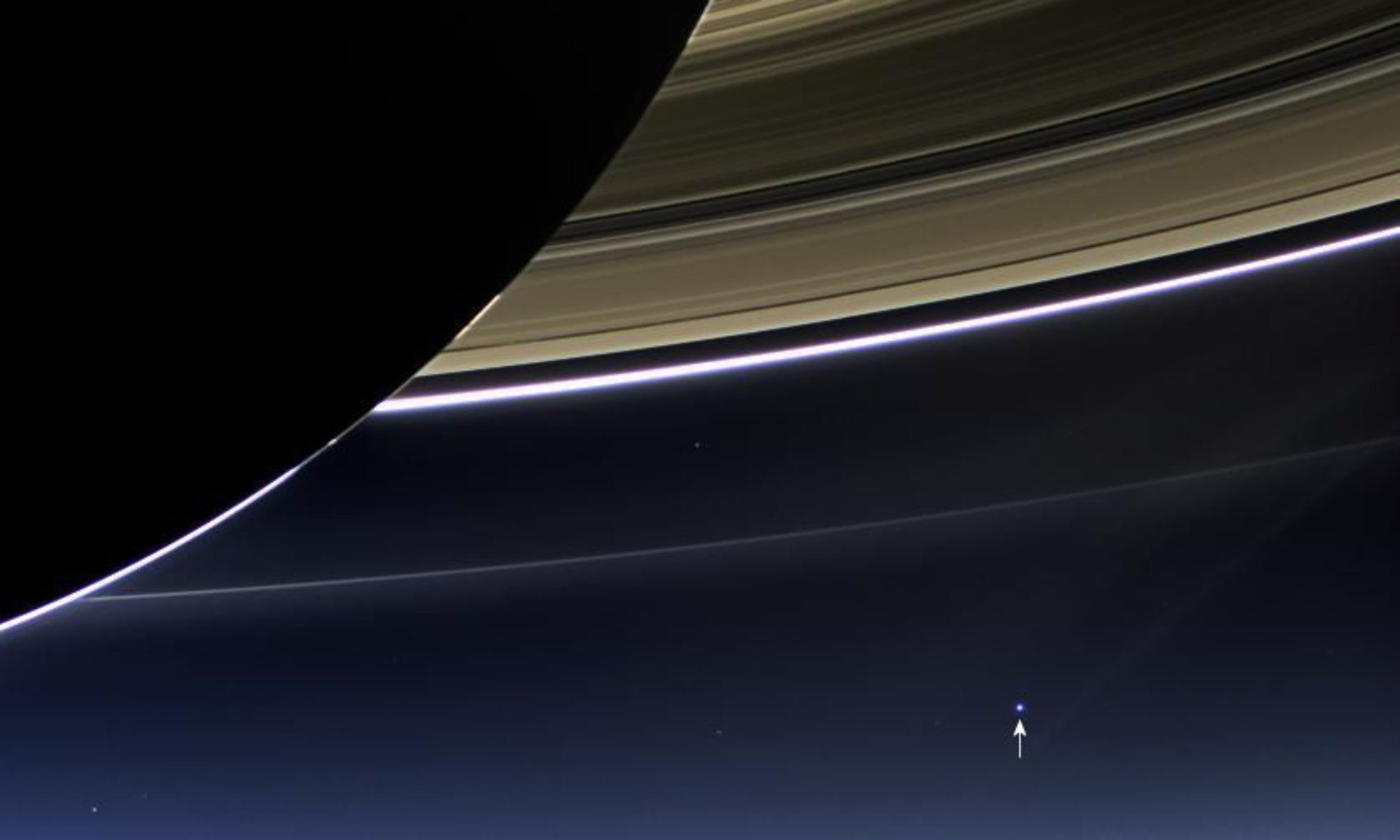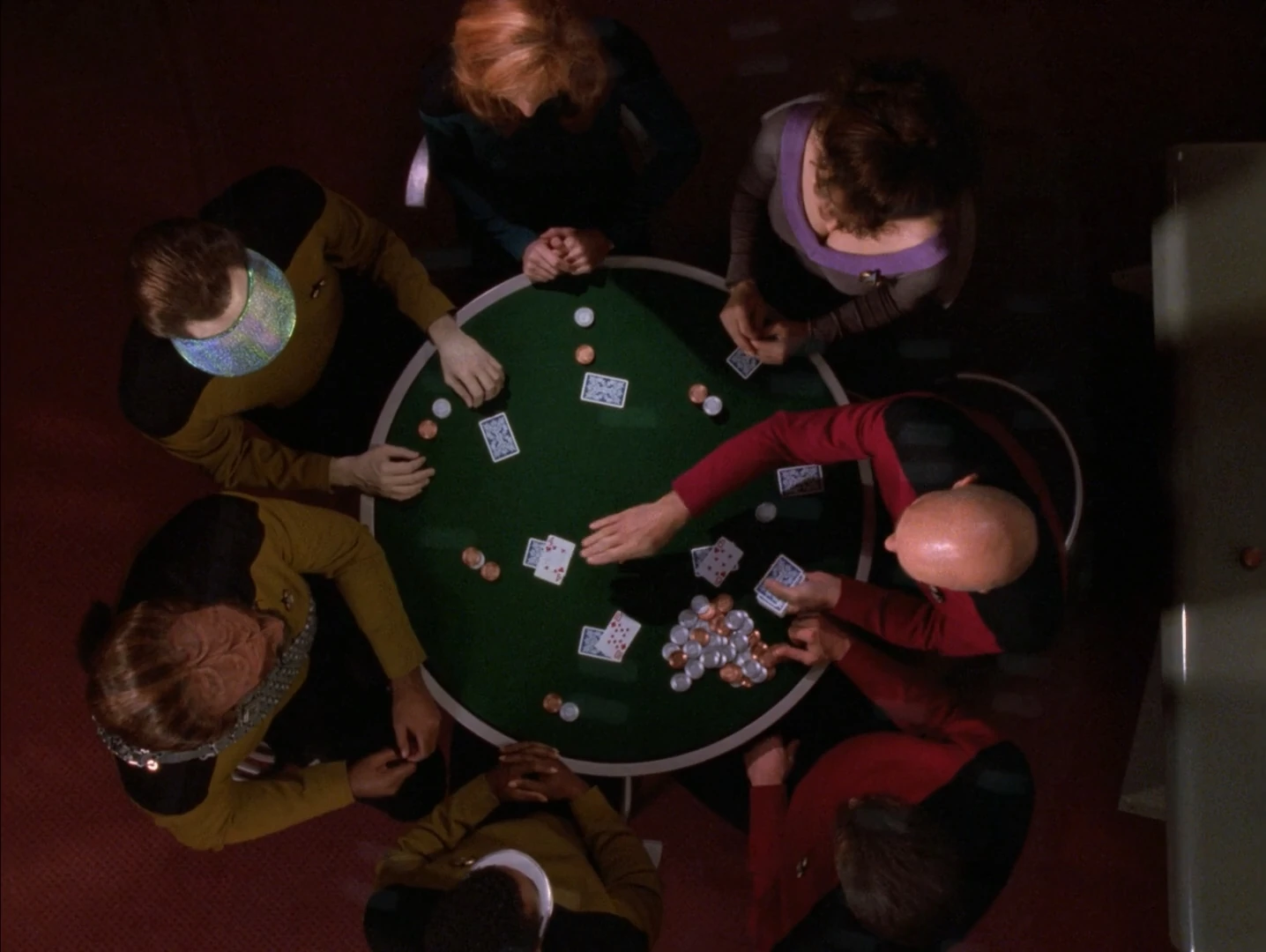
On Sunday before the Putin summit, Trump made some statements to the media: that Obama was to blame for the Crimea invasion; that he had not thought about extraditing the 12 Russian GRU agents responsible for election hacking; that Europe was one of our “foes.”
On Monday in Helsinki Trump and Putin met without advisors present for 130 minutes. This was followed by a lunch meeting with advisors then a press conference. Nothing concrete was announced on any particular issue or joint project. But Trump did say he saw no reason to disbelieve Putin’s denials over 2016 election interference over the word of Dan Coates and other members of his intelligence community. Trump reiterated his message from earlier tweets that the US-Russia relation was so poor because American has been foolish, and because of the Mueller probe. He described Putin’s offers to have Russian’s partner with Mueller’s investigators as “incredible” and “generous.” For his part, Putin admitted that he had wanted Trump to win the 2016 election; he also pointedly declined to say that he did not have compromising material on Trump.
There was immediate fallout. More than one commentator describe trump’s pro-Putin and moral equivalent comments as “the foreign policy equivalent of Charlottesville.”
By Monday afternoon, many Republican officials including Ryan and McConnel and Burr made blanket statements that said the opposite of Trump’s message: that our intelligence community assessment is correct; that Russian is not and cannot be our friend. Only a few like McCain and Sasse criticized Trump directly.
I am going to list some quotes from people who express shock about Trump’s press conference statements. Each seem to be striving to express simply and plainly what they feel are extraordinary and disturbing statements.
Gingrich tweeted: “It is the most serious mistake of his presidency and must be corrected — immediately.”
McCain: “one of the most disgraceful performances by an American president in memory.”
Jeff Flake: “I never thought I would see the day when our American President would stand on the stage with the Russian President and place blame on the United States for Russian aggression. This is shameful.”
David Ignatious quotes former national security adviser Tom Donilon: “The president of the United States was standing next to a foreign adversary rejecting the judgment of his own intelligence and law enforcement services. We’ve never had anything like this in American history.”
The pundits gave their takes.
David Frum: “The reasons for Trump’s striking behavior—whether he was bribed or blackmailed or something else—remain to be ascertained. That he has publicly refused to defend his country’s independent electoral process—and did so jointly with the foreign dictator who perverted that process—is video-recorded fact.”
David Ignatious points out connections between three key events: the Trump-Putin Summit; the Mueller indictment of 12 GRU officers and the Storzk hearing. 1) the indictment is a warning to Putin that US intelligence has infiltrated the GRU operations and may know much more about its operations and agents; 2) Same message to Trump about what Mueller may have on the collusion question; 3) As Strzok put it in his statement to a House committee Thursday: “In the summer of 2016, I was one of a handful of people who knew the details of Russian election interference and its possible connections with members of the Trump campaign.”
Yglesias: “Having offered earlier in the week scathing, specific indictments of the European Union’s immigration policy, of the FBI’s investigation of the 2016 election, of the United Kingdom’s efforts to negotiate a “soft” version of Brexit, and of Germany’s energy infrastructure policies, Trump had no specific criticisms of Vladimir Putin’s domestic or international policies.”
Rich Lowery: “Trump has a strange ability to abstract himself from his own administration that he often comments on as if he’s a pundit with no responsibility for it. In Helsinki, he talked about the United States the same way, as an entity he stands apart from and critiques accordingly.”
Putin gave an interview with Chris Wallace, perhaps because he assumed FOX News would treat Trump the way his state media treats him. It did not go well. Here is a summary of Chris Wallace’s grilling of Putin, in which Putin did not ingratiate himself with his interviewer or the FOX News audience.
On Tuesday, back in the White House, Trump tried to walk back his Helsinki statements. He said that he believed his intelligence community reports and that he misspoke–saying would instead of wouldn’t–when he said at the press conference that he could not think of any reason Russia would have interfered in the 2016 election.
On Wednesday, when asked if Russia was trying to interfere in the 2018 election Trump said “no.” Sara Sanders later said he was responding to a different question. Then he gave an interview to CBS where he claimed he was more forceful with Putin over the election interference and that he accepts the conclusions of the intelligence community.
The New York Times summarizes the times Trump has been briefed on intelligence about Russia election interference going back before his inauguration, including proof that Putin personally ordered the interference. Despite having been shown this proof, Trump has consistently denied or downplayed the conclusions.
Frum thinks the events of this week inspired someone in the intelligence community to leak some of these new revelations to the Time: “The reporters on that story—David Sanger and Matthew Rosenberg—are two of the most seasoned and reputable national-security journalists in the United States. They would not have taken the decision to reveal such sensitive sources-and-methods information lightly; perhaps not unless a responsible person assured them the revelation would no longer put lives at risk. And that, in turn, raises the possibility that the sources that produced the January 2017 certainty have already been compromised, closed, or worse.”
By the end of the week it remained a mystery what Trump and Putin talked about or agreed to. While the Russian officials were saying that they had reached certain agreements, “officials at the most senior levels across the U.S. military, scrambling since Monday to determine what Trump may have agreed to on national security issues in Helsinki, had little to no information Wednesday.”
Late on Friday, two developments. It was revealed that one of the pieces of evidence seized in the Cohen raid was a short recording between Trump and Cohen about the McDougal payment and the National Enquirer “catch and kill” strategy. This could suggest legal trouble not just for Trump but for the publisher AMI.
And a FOIA application resulted in the publication of heavily redacted FISA warrant for Cater Page. What little we can read seriously undercut Nunes’s justification for attacking the FBI.
Child Separation Policy
This week the government notified the courts that 365 children have been reunited with their parents. 908 are deemed ineligible to be reunited. The other 716 who are eligible have been given final deportation orders, which means they could be deported immediately after being reunited.
—
Trump’s Job Approval: 41.70%



